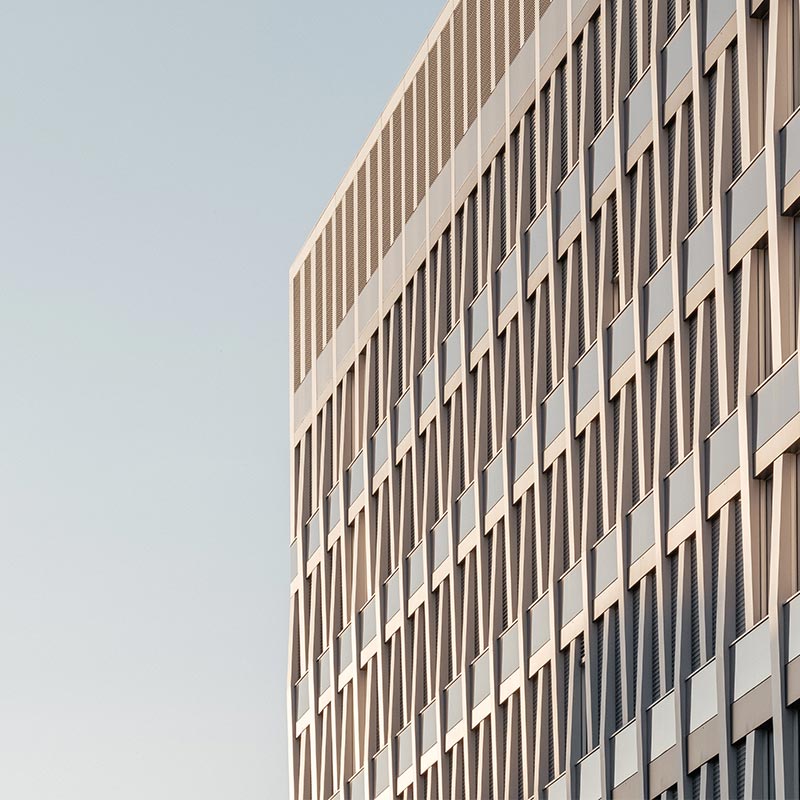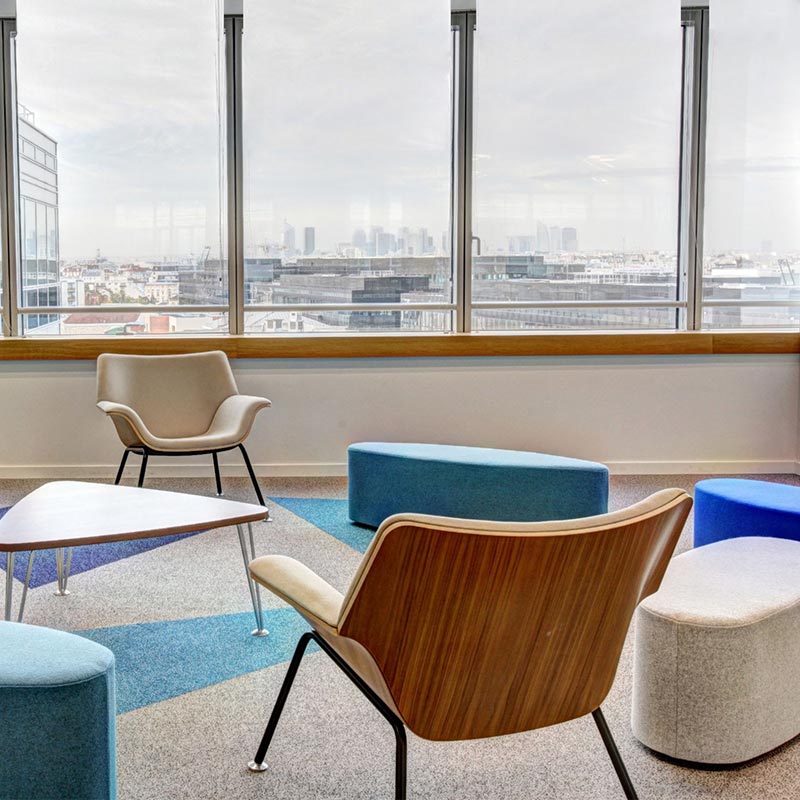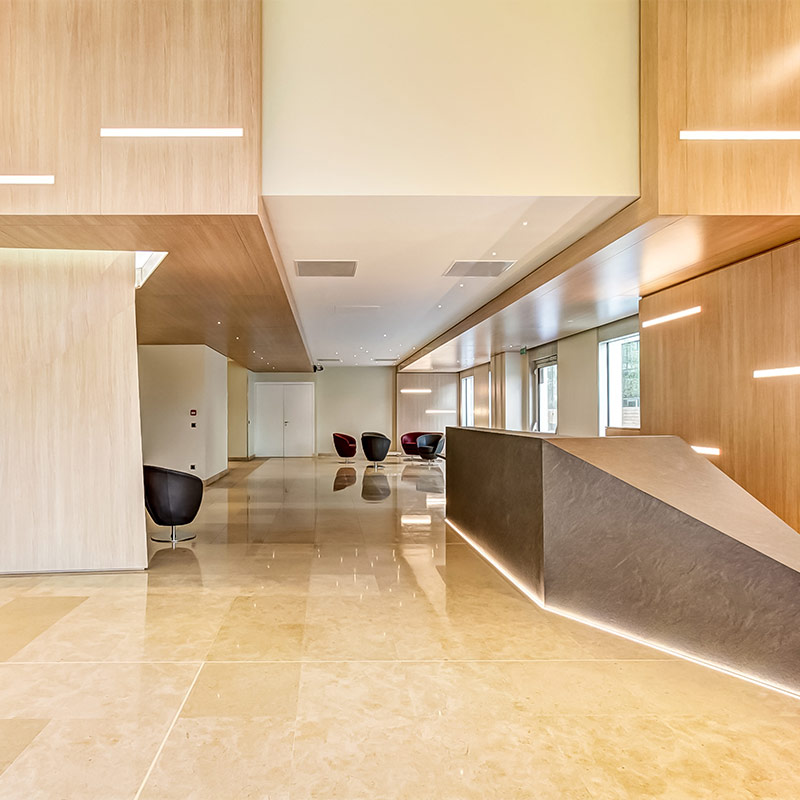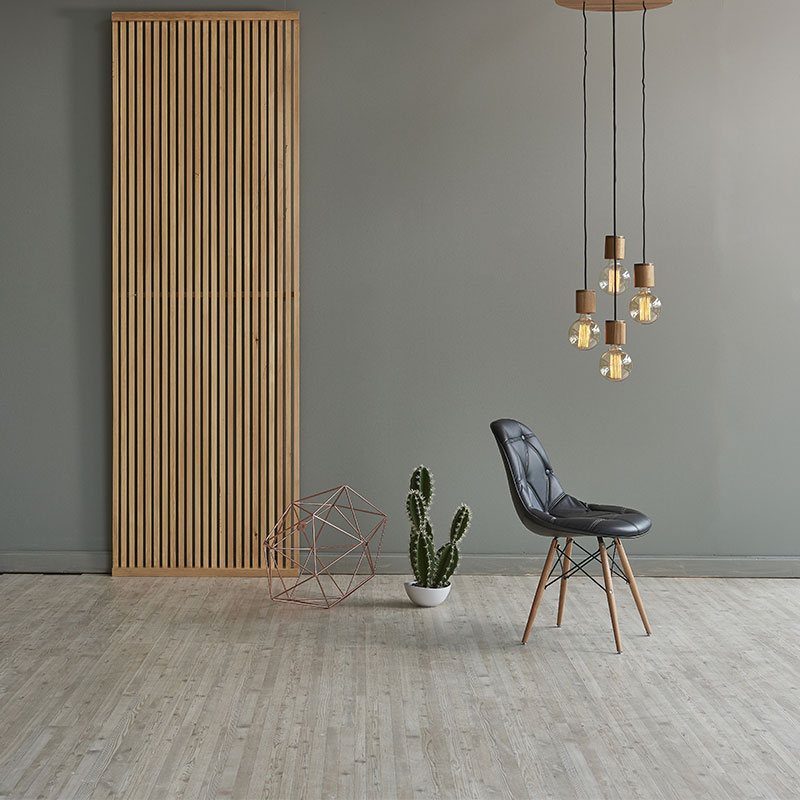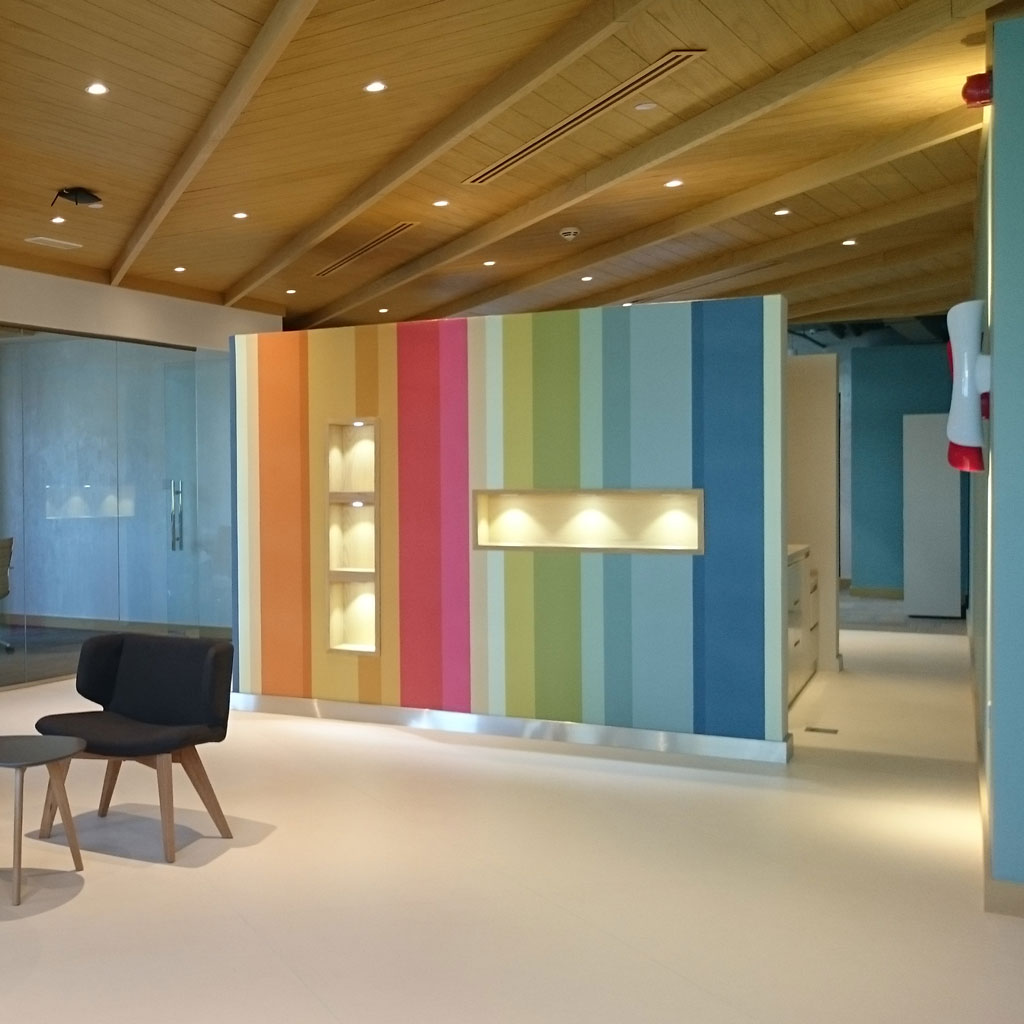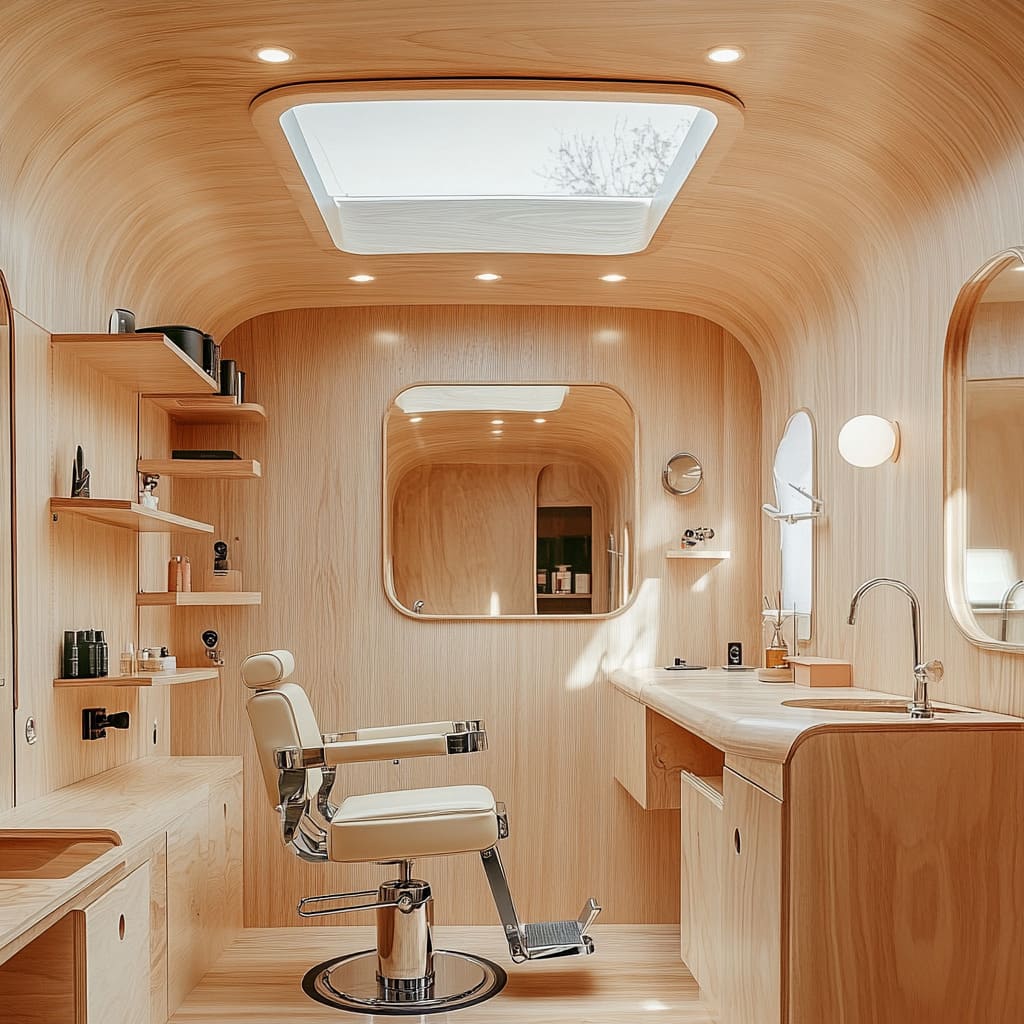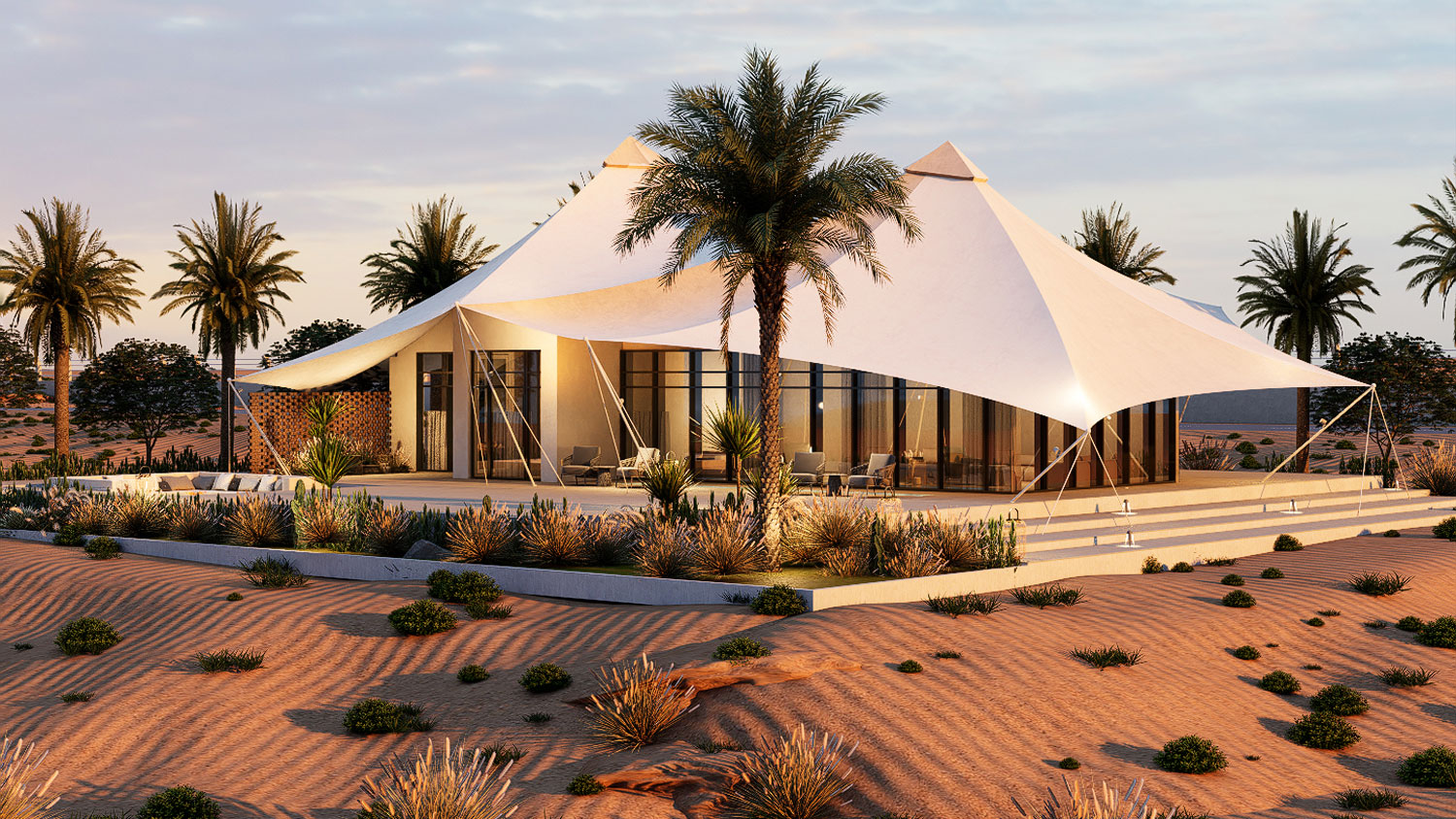
The Tent Majlis is a time-honored gathering space in Arabian culture, traditionally serving as a central area for hospitality and social interaction. Rooted in the Bedouin lifestyle, the Majlis offers a comfortable and inviting environment where family and friends can gather, exchange stories, and enjoy refreshments. In Dubai, where the pace of life is fast and the design landscape is constantly evolving, there is a growing interest in updating the traditional Tent Majlis with modern elements while maintaining its cultural significance.
This article delves into the intricate process of designing a modern Tent Majlis in Dubai, exploring how to seamlessly blend traditional aesthetics with contemporary design elements. Whether you are designing a Tent Majlis for a private residence, a luxury hotel, or a special event, this guide offers detailed insights into creating a space that honors the past while embracing the present.
Understanding the Traditional Tent Majlis
The Tent Majlis has a deep historical and cultural significance in Arabian society. Traditionally, it served as a communal space for Bedouins, providing shelter and comfort in the harsh desert environment. The Majlis was a place where guests were welcomed with warmth and hospitality, reflecting the values of generosity and community that are central to Arabian culture.
Core Features of Traditional Tent Majlis
One of the most distinctive features of a traditional Tent Majlis is its seating arrangement. The seating is typically low and cushioned, arranged along the perimeter of the tent. This layout encourages a sense of equality and closeness among those gathered, fostering an environment of open conversation and camaraderie. The cushions themselves are often richly decorated with traditional patterns, such as geometric designs or floral motifs, and are crafted from luxurious fabrics like silk and velvet. These textiles are chosen not only for their aesthetic appeal but also for their durability and comfort.
Carpeted flooring is another hallmark of the traditional Tent Majlis. Persian or Arabian carpets are often used to cover the entire floor, providing a soft and comfortable surface for seating. These carpets are usually hand-woven and feature intricate patterns that add to the visual richness of the space. The carpets also play a practical role, insulating the floor and providing warmth during cooler desert nights.
The tent’s interior is often lined with decorative drapes and canopies, which serve both functional and aesthetic purposes. These drapes are made from fine fabrics and are often embroidered with traditional designs. They create a sense of enclosure and privacy within the tent, shielding the interior from the elements while enhancing the overall ambiance.
Low tables are an essential element of the Tent Majlis, positioned within easy reach of the seating areas. These tables are typically crafted from wood or brass and are often intricately carved or inlaid with mother-of-pearl. They serve as platforms for serving refreshments, such as Arabic coffee, tea, and dates, which are central to the hospitality offered in the Majlis. Traditional accessories, such as brass trays, antique coffee pots, and hookahs, are also common features, adding to the authenticity and charm of the space.
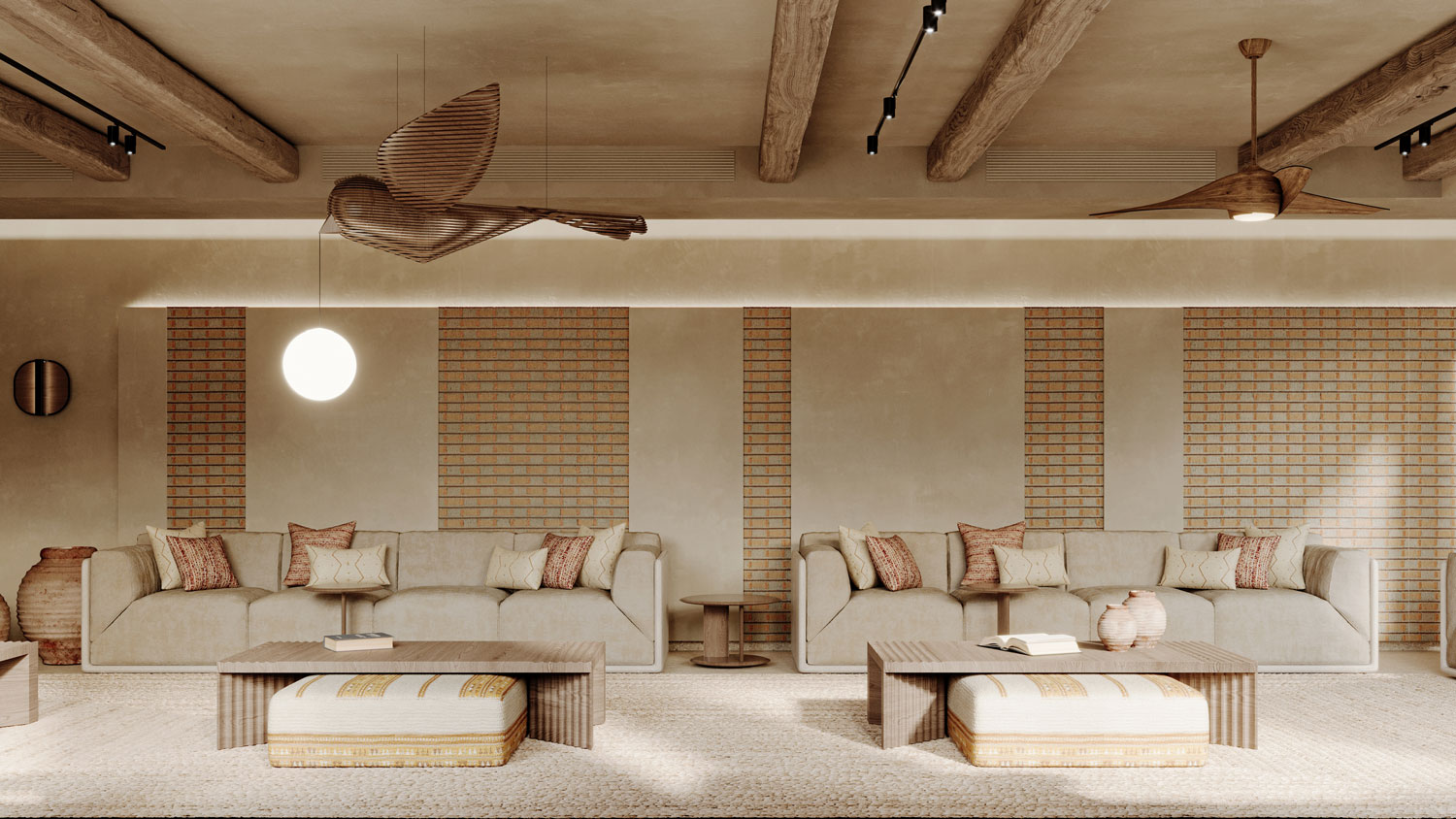
The Modern Evolution of Tent Majlis Design in Dubai
As Dubai continues to grow and evolve as a global city, there has been a notable shift in how traditional spaces like the Tent Majlis are designed. While the essence of the Majlis remains rooted in tradition, modern interpretations have introduced new elements that align with contemporary tastes and lifestyles.
Minimalist Design Approach
One of the most significant trends in modern Tent Majlis design is the move towards minimalism. This approach favors simplicity and clean lines over the ornate and elaborate designs typical of traditional Majlis. The focus is on creating a space that feels open and uncluttered, where each element serves a purpose. While the traditional elements are still present, they are often pared down to their most essential forms, creating a space that is both functional and aesthetically pleasing.
Neutral Color Palettes
Another trend in modern Tent Majlis design is the use of neutral color palettes. While traditional Majlis designs often feature rich, vibrant colors like red, gold, and green, modern designs tend to favor softer, more subdued tones. Colors like beige, taupe, and soft gray are commonly used to create a calm and inviting atmosphere. These neutral tones also provide a versatile backdrop that can be easily customized with accent pieces or seasonal decor.
Sustainable Materials
In line with global trends towards sustainability, modern Tent Majlis designs are increasingly incorporating eco-friendly materials. Organic cotton and linen are popular choices for cushions and drapes, offering both comfort and durability. Bamboo and recycled wood are often used for furniture and structural elements, providing a natural, earthy aesthetic. The use of sustainable materials not only reflects a commitment to environmental responsibility but also enhances the connection between the Majlis and its natural surroundings.
Modular Seating
Flexibility is a key consideration in modern Tent Majlis design, leading to the popularity of modular seating arrangements. Unlike traditional fixed seating, modular seating can be easily rearranged to accommodate different numbers of guests or to create different seating configurations. This versatility makes the Majlis a more adaptable space, suitable for a variety of social settings, from intimate gatherings to larger events.
Integration of Technology
Incorporating modern technology into Tent Majlis design is another trend that has gained traction in Dubai. Today’s Majlis often features integrated sound systems, climate control, and even discreet charging stations for electronic devices. These technological enhancements make the space more comfortable and convenient without detracting from its traditional charm. Smart lighting systems, controlled via smartphone apps, allow for easy adjustment of the ambiance to suit different occasions and moods.
Contemporary Lighting Solutions
Lighting plays a crucial role in setting the tone for any space, and the Tent Majlis is no exception. While traditional lanterns and candles are still used to create a warm and inviting glow, modern lighting solutions are increasingly being incorporated. LED strips, recessed lighting, and pendant lights are popular choices, offering both functionality and style. These contemporary lighting options can be used to highlight architectural features, create focal points, or simply enhance the overall ambiance.
Mix of Textures
One of the hallmarks of modern interior design is the use of contrasting textures to add depth and interest to a space. This trend has made its way into Tent Majlis design, where different materials are combined to create a rich, tactile environment. Smooth leather, rough-hewn wood, and soft textiles are just a few examples of the textures that can be layered in a modern Majlis. This mix of materials not only adds visual interest but also enhances the sensory experience, making the Majlis a more engaging and dynamic space.
Open-Air and Indoor-Outdoor Concepts
Dubai’s warm climate and stunning desert landscapes make the open-air Tent Majlis an appealing option. Modern designs often incorporate large openings, transparent walls, or even entirely open sides to allow for an unobstructed connection with the surrounding environment. This indoor-outdoor flow creates a seamless transition between the Majlis and its natural setting, allowing guests to enjoy the beauty of the outdoors while remaining sheltered and comfortable.
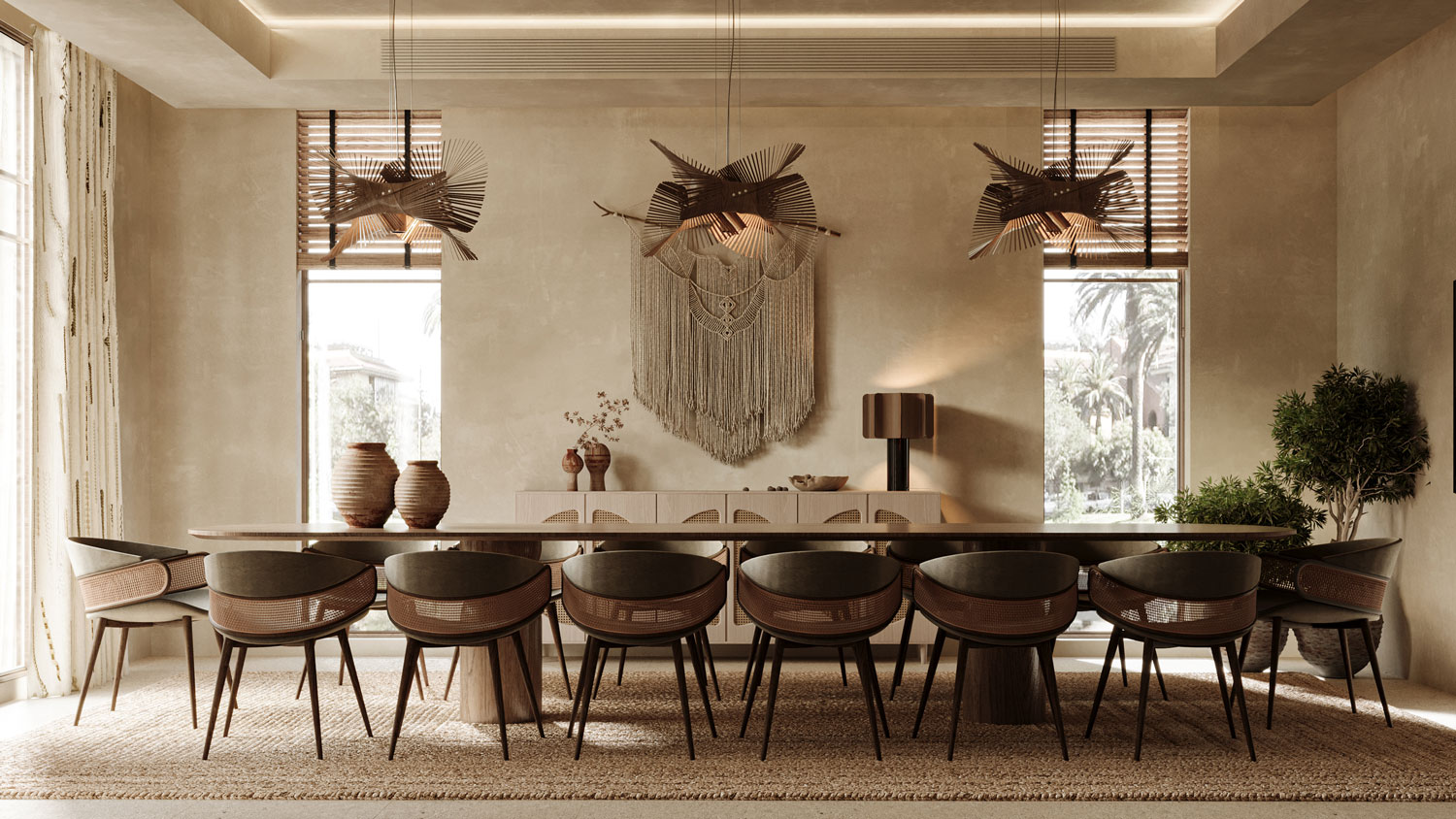
Key Elements of a Modern Tent Majlis Design in Dubai
Canopy Design and Architecture
The canopy is a defining feature of any Tent Majlis, and in modern designs, it has become an architectural statement. Modern canopies are often made from high-tech tensile fabrics, which are both lightweight and durable. These fabrics are stretched over sleek, minimalistic support poles that give the structure a contemporary look. The canopy itself may feature curved or flowing shapes, creating a sense of movement and fluidity that contrasts with the rigid lines of traditional architecture. This combination of traditional and modern elements results in a space that is both visually striking and functional.
Exterior and Landscape Integration
The Tent Majlis is not just about the interior space; it is also about how that space interacts with its surroundings. In Dubai, where the desert landscape is both a challenge and an inspiration, careful consideration must be given to how the Majlis fits into its environment. Native desert plants, such as cacti, succulents, and palm trees, are often used to create a natural, organic setting that complements the Majlis. Raised planters, stone pathways, and strategically placed lighting can be used to define the space and create a sense of order within the natural landscape. This thoughtful integration of the Majlis with its surroundings enhances its connection to the environment and creates a cohesive design.
Comfortable Seating and Furnishings
While the overall aesthetic of a Tent Majlis may lean towards the modern, comfort remains a top priority. Seating should be inviting and comfortable, encouraging guests to relax and enjoy their time in the Majlis. Modern furnishings often feature clean lines and simple forms, but they are made from high-quality materials that provide both comfort and durability. Cushions are still a central feature, but they may be upholstered in more contemporary fabrics or colors. Low tables, often made from wood or metal, provide convenient surfaces for serving refreshments, while also adding to the overall design of the space.
Lighting and Ambiance
Lighting is key to creating the right ambiance in a Tent Majlis. In a modern setting, lighting can be used to highlight architectural features, create focal points, or simply enhance the overall mood of the space. LED strips are often used to create a soft, diffuse light that washes over the space, while recessed lighting can be used to highlight specific areas or features. Pendant lights and chandeliers, inspired by traditional designs, can add a touch of elegance and drama to the space. The goal is to create a warm and inviting atmosphere that encourages relaxation and social interaction.
Customizable and Personalized Elements
In today’s design landscape, personalization is a key trend, and this is no different in Tent Majlis design. Many people are opting for custom-made furniture, bespoke textiles, and unique art pieces that reflect their personal style or cultural heritage. This trend towards customization allows for a greater degree of individuality and expression within the Majlis, making each space unique. Whether it’s a custom-designed canopy, hand-painted cushions, or a specially commissioned piece of art, these personalized elements add depth and character to the Majlis.
Designing a Tent Majlis for the Dubai Lifestyle
Adapting to the Climate
Designing a Tent Majlis in Dubai requires careful consideration of the local climate. The hot desert sun can be harsh, so shading and ventilation are key considerations. The canopy should be made from a material that provides adequate shade and UV protection, while also allowing for ventilation to keep the interior cool. In addition, the design should incorporate features like fans or air conditioning to ensure that the space remains comfortable even during the hottest months of the year.
Blending Tradition with Modernity
One of the challenges of modern Tent Majlis design is finding the right balance between tradition and modernity. While it’s important to retain the cultural significance and traditional elements of the Majlis, it’s also important to ensure that the space feels contemporary and relevant. This can be achieved by incorporating traditional elements in a modern context, such as using traditional patterns or motifs in a more minimalist design, or combining traditional materials with modern technology. The goal is to create a space that feels both familiar and fresh, honoring the past while embracing the future.
A well-designed Tent Majlis should be versatile enough to accommodate a variety of social settings, from intimate gatherings to larger events. This requires careful planning and consideration of the layout, seating, and furnishings. Modular seating arrangements, flexible lighting solutions, and adaptable decor can all help to create a space that can easily be transformed to suit different occasions. The use of neutral color palettes and simple, elegant designs also allows for greater flexibility, as the space can be easily customized with accent pieces or seasonal decor.
Conclusion
The Tent Majlis is a symbol of hospitality and community in Arabian culture, and its design reflects the values and traditions of the region. In Dubai, where modernity and tradition coexist in harmony, the Tent Majlis has evolved to incorporate contemporary elements while retaining its cultural significance. Whether you are designing a Tent Majlis for a private residence, a luxury hotel, or a special event, it’s important to consider the balance between tradition and modernity, the integration of the Majlis with its surroundings, and the comfort and functionality of the space. By carefully considering these factors, you can create a Tent Majlis that is both beautiful and functional, a space where tradition and modernity come together to create a truly unique experience.
